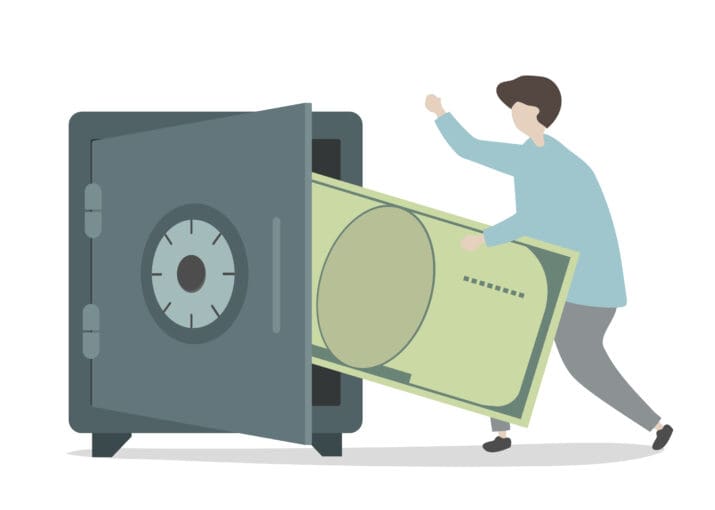The debt avalanche method is a powerful approach that focuses on eliminating debts with the highest interest rates first. In this article, we will explore what the debt avalanche method entails, why it can be an effective strategy, and provide practical examples of how to implement it successfully.
Read: Debt Elimination: Effective Strategies and Essential Tips to Pay Off Debt
Understanding the Debt Avalanche Method
The debt avalanche method is a debt repayment strategy that targets debts with the highest interest rates first, regardless of the outstanding balances. Unlike the debt snowball method, which prioritizes debts based on balance, the debt avalanche method aims to minimize the overall interest paid over time. By targeting high-interest debts, this method can potentially save you money and help you become debt-free faster.
How to Implement the Debt Avalanche Method
Let’s dive into the step-by-step process of implementing the debt avalanche method and explore examples to illustrate its effectiveness:
- Compile Your Debts:
Begin by creating a comprehensive list of all your outstanding debts, including credit card balances, loans, and other forms of debt. Note down the remaining balance, interest rate, and minimum monthly payment for each debt. - Order Debts by Interest Rate:
Arrange your debts in descending order based on their interest rates, from the highest to the lowest. This ordering will determine the sequence in which you will tackle your debts. - Make Minimum Payments:
Ensure that you continue making the minimum monthly payments on all your debts to maintain good standing and avoid penalties. - Allocate Extra Funds:
Review your budget and financial situation to identify any additional funds that can be allocated towards debt repayment. Look for ways to increase your income, reduce expenses, or reallocate funds from non-essential areas. - Focus on the Highest Interest Debt:
Take the extra funds you’ve identified and allocate them towards the debt with the highest interest rate. By making additional payments above the minimum payment, you accelerate the repayment of this debt. - Progress to Lower Interest Debts:
Once the highest interest debt is paid off, redirect the funds you were allocating towards it (minimum payment + extra) to the debt with the next highest interest rate. Repeat this process, gradually working your way down to the debts with lower interest rates.
Examples of Implementing the Debt Avalanche Method:
Example
Debt 1: Credit Card – $5,000 balance, 18% interest rate, $150 minimum payment
Debt 2: Student Loan – $10,000 balance, 6% interest rate, $200 minimum payment
Debt 3: Personal Loan – $3,000 balance, 10% interest rate, $100 minimum payment
Using the debt avalanche method, focus on paying off the Credit Card first due to its highest interest rate. Suppose you allocate an additional $300 per month towards debt repayment. Make minimum payments on all debts and put the extra $300 towards Credit Card A until it is paid off. Then, combine the $300 with the $150 minimum payment and direct it towards the student loan. Repeat this process until all debts are eliminated.
Example
Debt 1: Medical Bill – $2,000 balance, 12% interest rate, $75 minimum payment
Debt 2: Car Loan – $15,000 balance, 5% interest rate, $250 minimum payment
Debt 3: Personal Loan – $7,500 balance, 8% interest rate, $150 minimum payment
Begin by paying off the Medical Bill, using any available extra funds. Once it is paid off, allocate the amount previously used for the Medical Bill (minimum payment + extra) to the personal Loan. Finally, direct the combined payment amount towards the Car Loan.
Benefits of the Debt Avalanche Method
The debt avalanche method offers several advantages:
Additional Ways to Reduce Debt
There is no better feeling than when you pay off your debts completely. But some debts can’t be avoided. Debts such as a home mortgage or student debt are very much a part of life. So long as you are managing unavoidable debts properly, they can also help you maintain a healthy credit score.
Here are some key pointers to managing your debt:
The debt avalanche method is a powerful debt repayment strategy that prioritizes high-interest debts, allowing you to save money and become debt-free efficiently. By implementing this method and consistently allocating extra funds towards the debt with the highest interest rate, you can make significant progress toward financial freedom. Remember, the key to success lies in budgeting, discipline, and perseverance.



